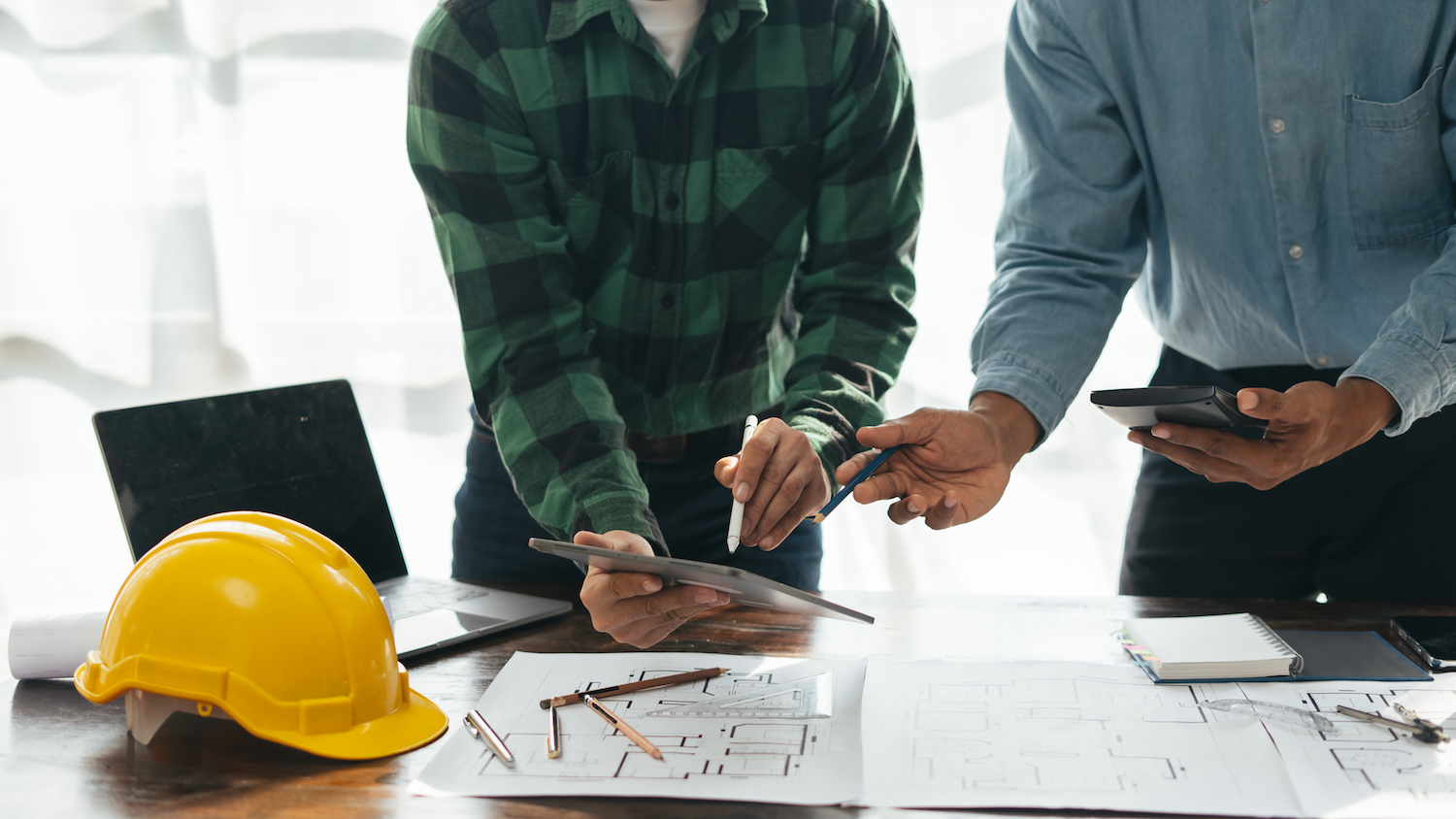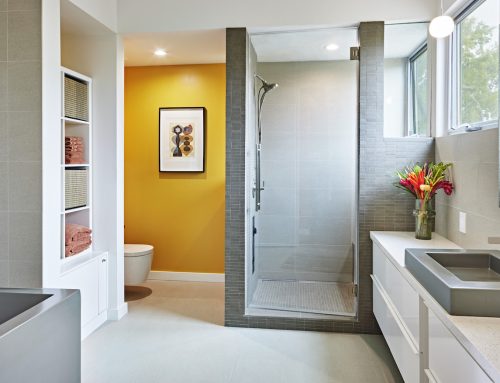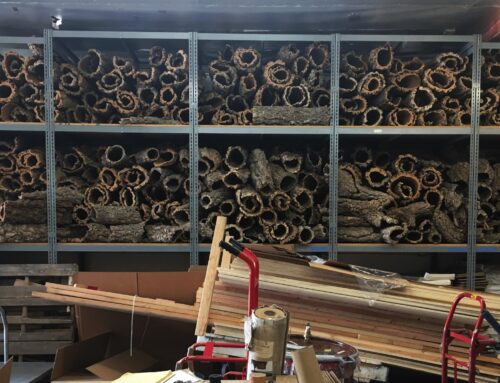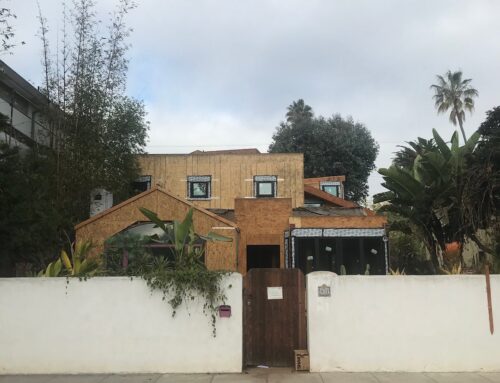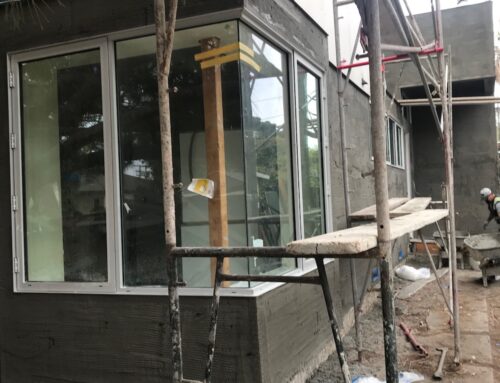In the past few years, it seems as though construction costs are skyrocketing with little indication of stabilizing any time soon. While it would be comforting to be able to point to a single cause, the reality is that the complex geopolitical implications of COVID-19, the Russian invasion of Ukraine, the post-lockdown workforce depletion, and old-fashioned inflation have combined to mean that the cost of building a house is on a volatile upwards climb. So, with the knowledge that this price spike is largely out of our control, what can we do as architects to work around it?
In our experience, the rising costs create a lot of issues because they will often rise between the beginning and end of a project. Typically, we use a Project Cost spreadsheet to anticipate the hard and soft costs over the course of the project. These rising expenses leave us unable to make confident assumptions about hard costs, making it virtually impossible to ensure that the scope of a project aligns with its budget. Once we take a project out to bid, if our numbers are beyond what the client can accommodate, we have to take additional steps to determine whether the project is still feasible.
When a client does decide to explore their options to close the gap between their budget and the expected costs, we enter into a more intensive Value Engineering phase; essentially, we work with a contractor to reduce the scope of a project in accordance with the reality that a dollar buys you less now than it did as little as two years ago. This has led to the relatively new scenario in which we are faced with the question of when to cut our losses on a project. In those instances where we do see a path forward, we have to spend an unprecedented amount of time revising building and permit documents, and the uncertainty only adds more costs to projects. While these costs fall on all of us by requiring more time and effort to arrive at a buildable resolution, the client is inevitably the one who feels them the hardest.
Our hope is that by putting our heads together with other architects and contractors, we might be able to shift our process to address the current climate. We know that we can’t control the level of uncertainty in the world today, but how can we more efficiently navigate it and make the design and bid process more collaborative from the start of a project through to its completion? In truth, we don’t have the answer to these unique circumstances, at least not yet; but we are confident that by working to expand the dialogue, we can find the best approach to budgeting and pricing moving forward and continue to guide our clients to the best possible outcome for all parties.
